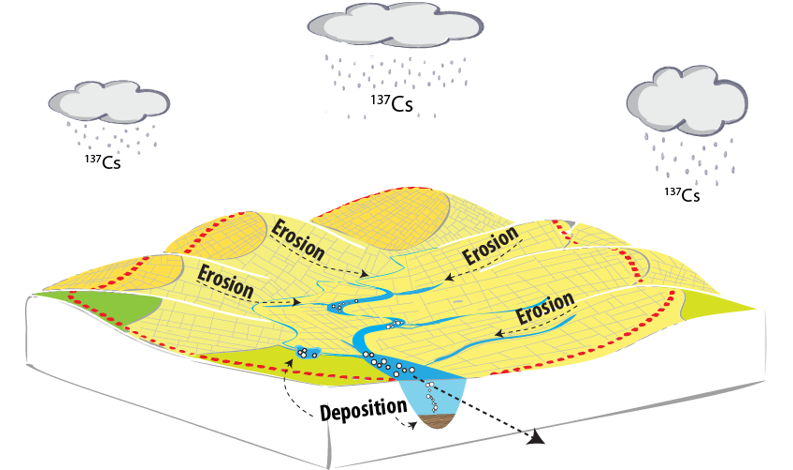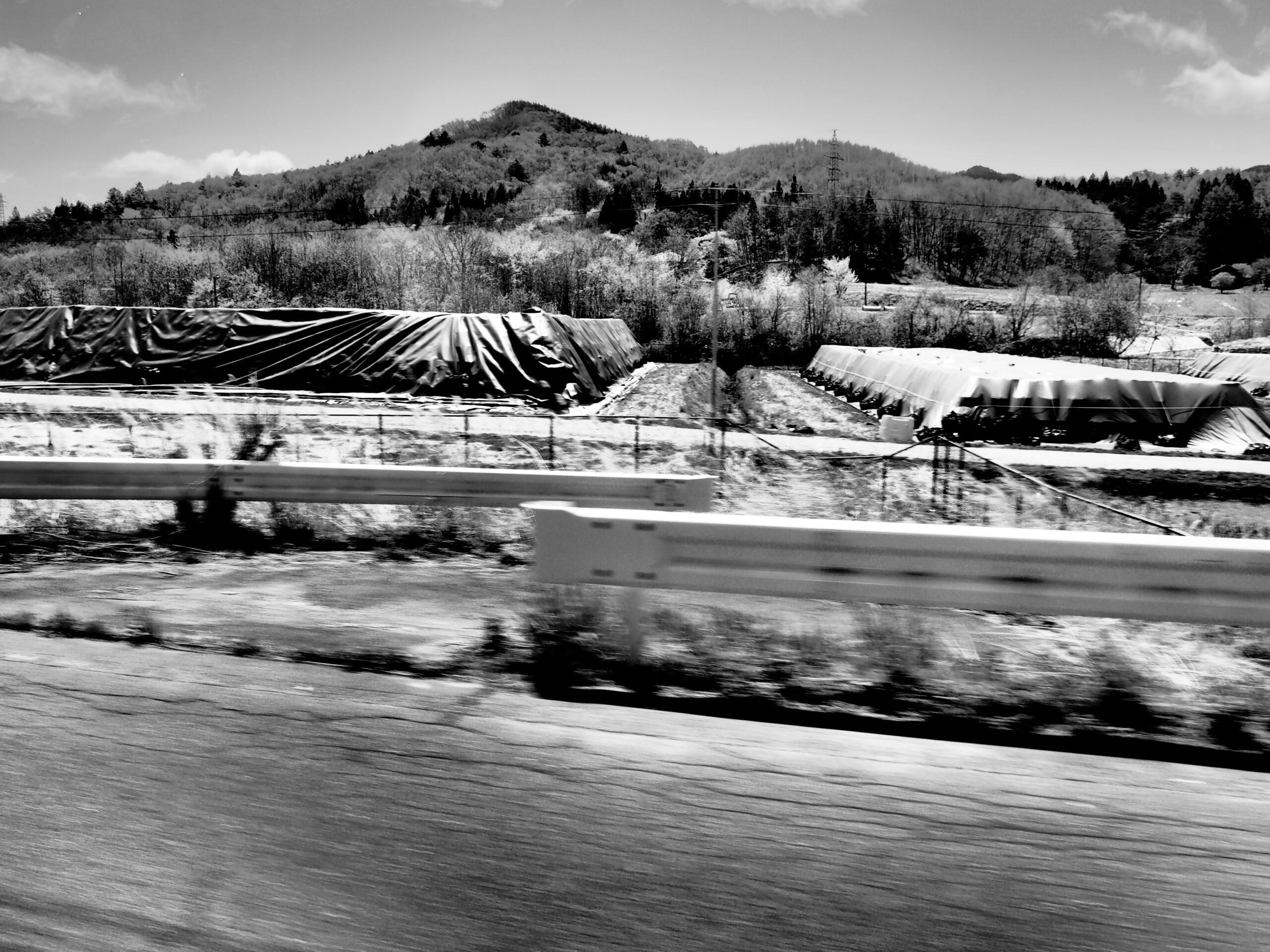©MitateLab.AllRightsReserved
In March 2011, large quantities of radionuclides, the majority of which are radiocaesium, mainly composed of Cesium 134 (with a half-life of 2 years) and Cesium 137 (with a half-life of 30 years), were released into the environment in north-eastern Japan following the accident at the Fukushima Dai-ichi nuclear power plant.
These radionuclides formed a plume of radioactive pollution (covering ~3000 km²) extending up to 70 km northwest of the nuclear power plant. The commune of Itate, where 6209 inhabitants lived at the beginning of 2011, was located in the main radioactive plume and its population was evacuated between late spring 2011 and 2017, when the village reopened after the decontamination work was completed. The entire evacuation zone, which covered more than 1,000 km² (composed by 11 communes around the power plant), was reopened to the population at the same time as the contamination campaigns were abandoned from 2021 onwards.
This situation is unprecedented in history. It requires an appropriate assessment to improve our knowledge of the environmental processes and social consequences of the administration of such a disaster. In order to achieve this objective, we have organised our laboratory into different research themes that intersect as they progress, providing the tools for a more complete understanding of the situation in all its complexity.
Research axes
- Radionuclide transfers by erosion and floods in coastal basins
- Sediments and radiocesium sources and dynamics in lakes and rivers
- Decontamination impact on soil properties (fertility) and residual radionuclide transfers into rivers
- Decontamination impact on radionuclide transfers to plants
- Soil recultivation impact on radionuclide transfers in landscapes
- Social consequences of return politic
- Legal aspects of the disaster
- Evacuation area and its reconstruction
- Rehousing policies
- Psychological effects of the nuclear accident






























































